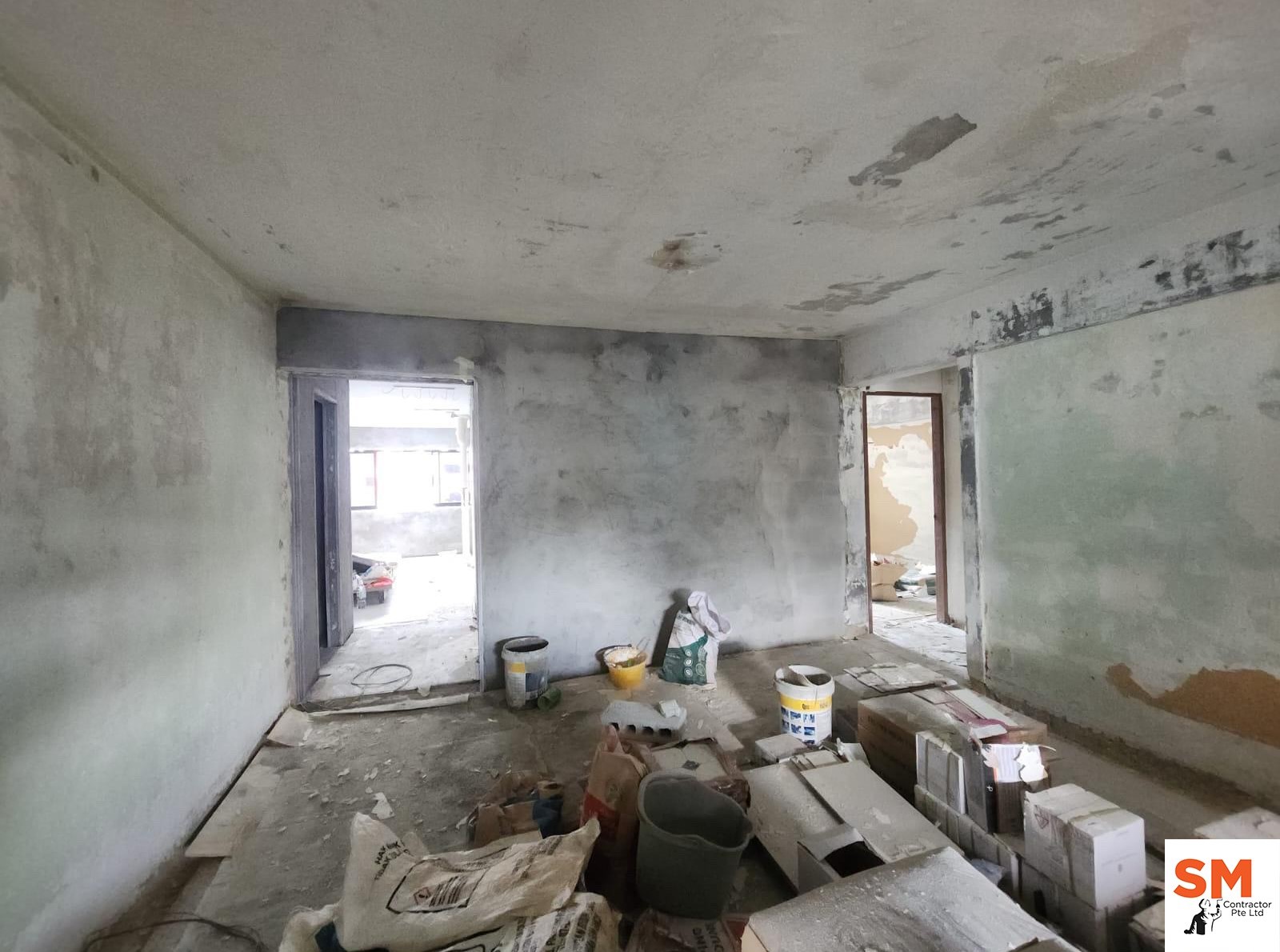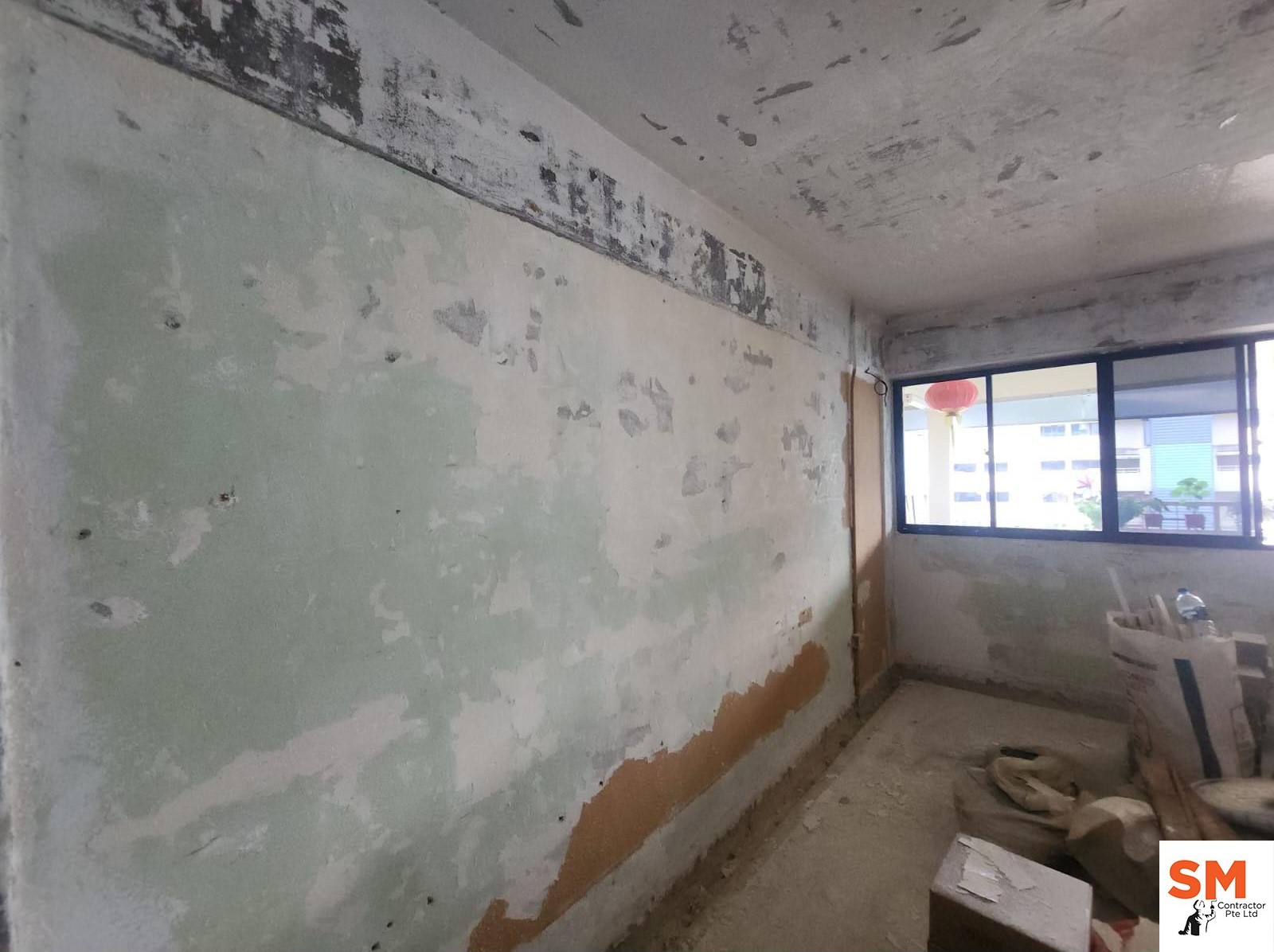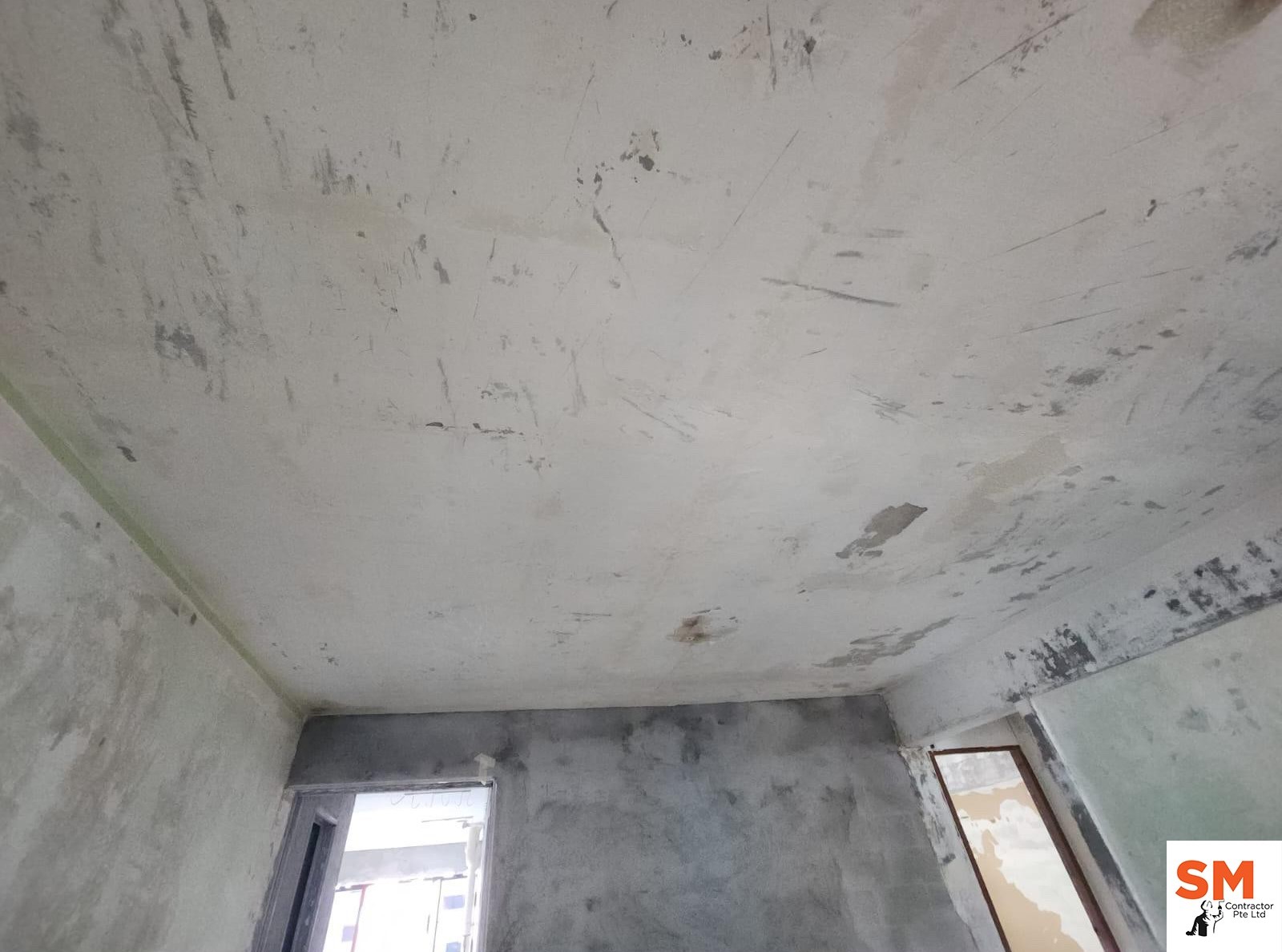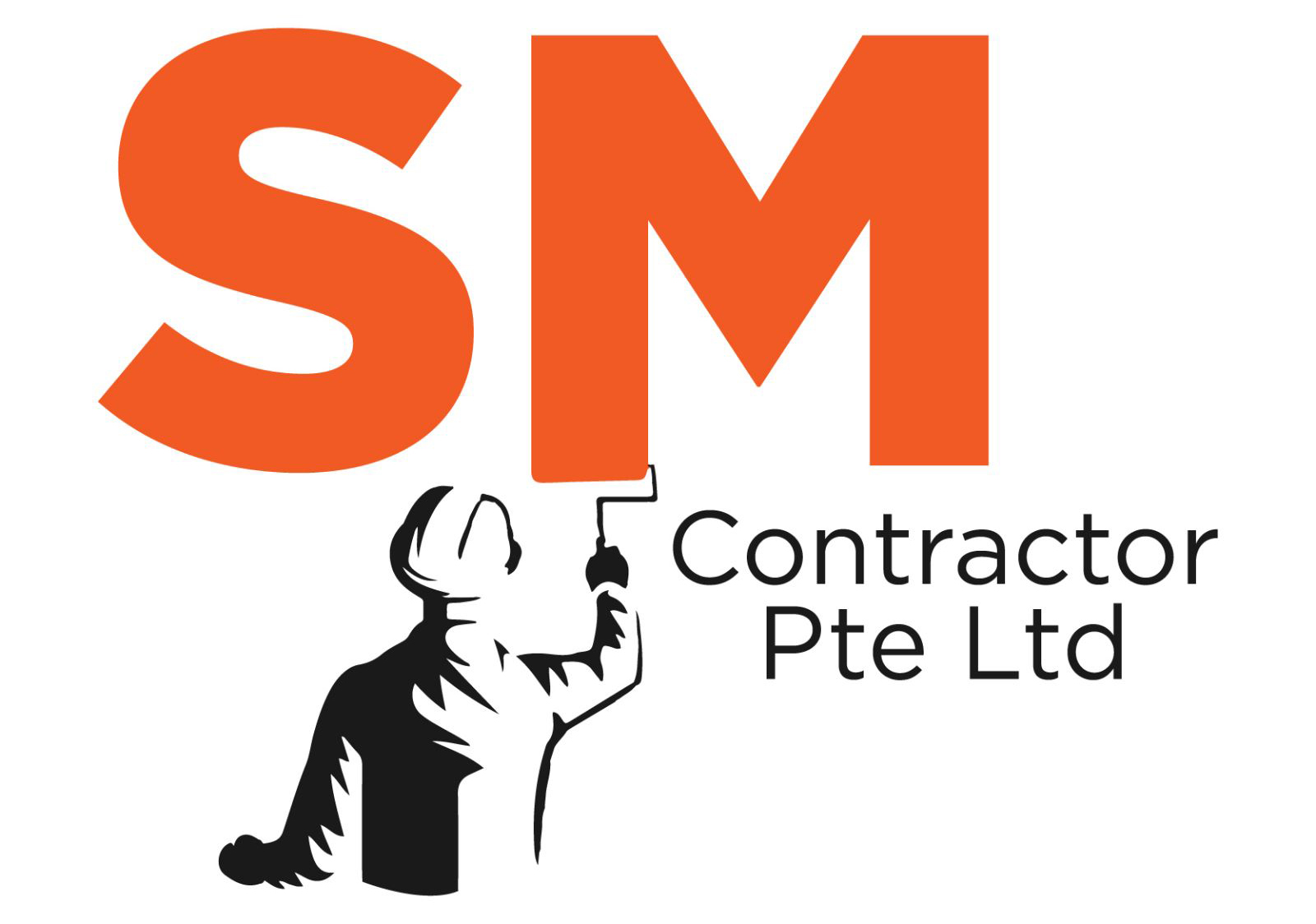Wall Plastering
Our expert team ensures precise plastering application and seamless results

Wall Plastering in Singapore: Heritage and Modern Techniques
Have you ever wondered about the process behind those perfectly smooth walls in HDB flats and shophouses around Singapore? What is wall plastering? While it’s mostly forgotten, HDB wall plastering in Singapore is an age-old craft with specific techniques that date back over a century. The last two decades have fostered major innovations in the field, bringing modern techniques and materials. As a result, many wall plastering contractors in Singapore offer different blends of traditional and new methods, transforming the industry into real-life art.
Whether you prefer rustic style or contemporary minimalism, wall plastering can transform your Condo or HDB flat. In this regard, understanding plastering tools and techniques is a must for every homeowner in Singapore. Read on to learn how blending tradition and innovation can help you achieve a smooth finish and timeless appeal for your HDB renovation.
Contact Us
Please use the form below to get in touch with our customer service team. For other enquiries, please email sales@smcontractor.com.sg
History and Tradition of Wall Plastering in Singapore
Plastering has existed since olden times, with Egyptians using a lime-gypsum material similar to modern plaster. The craft has its history in Singapore, with sources dating back to the 14th century. Arguably, the most significant catalyst was the flourishing trade with India and China. While it benefitted the local economy, it brought many masters in plastering of walls. In the 20th century, the widespread use of Shanghai Plaster established a distinctive “Singaporean Style”.
The Traditional Way
Initially, traditional plastering of wall surfaces involved applying multiple layers of lime putty by hand. The time-honoured process involved mixing lime, water and adhesive as a compound for layering with large trowels. Typically, plasterers left each layer to dry before applying another one. The result is gradually building a smooth, durable finish.
Although labour-intensive, the results were unparalleled. As expected, manual work left plenty of imperfections, but it quickly became a feature rather than a flaw. Ultimately, it turned into a distinctive soft and organic quality that resonated with Singapore’s cultural values of simplicity and humility. Today, tourists and visitors can witness this traditional plasterwork preserved in old shophouses and temples throughout the country.
Modern Innovations
Undoubtedly, modern wall plastering methods introduce high efficiency while retaining artistry. This is the case with the Shikkui Plaster from Japan, which blends traditional and innovative lime plasters as an eco-friendly artistic expression. Professional wall plastering services in Singapore use lightweight polymer-modified plasters and modern plastering tools for ultra-smooth finishes. Moreover, they easily blend new and old, continuing the evolution of plastering traditions in Singapore.
Modern Wall Plastering Materials
To date, many experts still acknowledge the positive impact of old-time lime-based plaster on the environment. Still, modern ready-mixed options have proven to show better qualities in terms of adhesion, durability and water resistance. Some of the most widely used solutions include:
- Gypsum plaster – This compound is featherweight, fire-resistant, and dries quickly. It’s suitable for repairing imperfections and renovation.
- Cement plaster – Cement plastering is a popular service that provides reasonable durability and weather resistance for exterior walls. Typically, it is paint-friendly but more suitable for texturing.
- Acrylic plaster – A flexible and waterproof alternative, perfect for damp areas like bathrooms and laundry rooms. Its main advantage is that it comes pre-coloured and is suitable for painting.

Advanced Techniques and Tools for Plastering A Wall
There are various wall plastering methods in the industry. While many contractors still value hand application, true experts have already utilised plastering tools like hopper guns, trowels and paddles. On average, they increase productivity and consistency significantly. Moreover, they enable plasterers to leverage techniques like:
- Spray plastering: A method that uses a hopper gun for a smooth finish for wall and ceiling plastering.
- Scraping: The plasterer uses a blade to scrape over almost dry plaster. The result is a uniform and polished surface.
- Texturing: Texturing is a unique technique that involves creating bumpy, irregular textures using rollers, brushes and trowels. The goal is to create a lasting, organic, and natural look.
- Stenciling: The expert uses custom stencils to add decorative shapes, patterns and textures.
- Venetian plaster: This method involves the application of multiple layers of plaster to achieve a shiny, marble-like surface.
Benefits of Plastering Walls vs Other Wall Finishes
Undoubtedly, plaster walls aren’t the only wall solution for HDB homes in Singapore. Still, it offers numerous benefits that alternatives like drywall cannot match. From higher density and longer lifetime, plastering comes with a list of perks worth mentioning. Here are the most notable advantages of plastering walls:
Firstly, a plastered wall provides unmatched durability that often lasts a lifetime. In fact, a proper application can last 50-100 years without needing major repairs or replacement. Usually, good-quality plastering is resistant to cracks, dents, stains, water damage, and beating drywall and paint. Of course, you can always use it as a base for the latter, achieving better wall adhesion.
Another notable advantage of plaster walls over drywall is the effective insulation. For one, it retains heat from entering and getting out, helping regulate temperature better. Moreover, it lowers cooling and heating costs in the long term. On the other hand, the thickness of plaster ensures decent sound insulation due to the material’s ability to absorb and muffle noise from outside.
While plaster involves more arduous work, it provides unmistakable elegance to every interior. Its smooth and textured finish is an attractive backdrop regardless of the style. Besides, a skilled contractor can use it to create decorative details like swirls, patterns and trims. Last but not least, it can easily convey a sense of luxury and craftsmanship with a few drops of vibrant colouring or another artisanal idea.
Sustainability and environmental awareness are of ever-growing concern for the world, and Singapore is not falling behind. In this regard, many contractors use plaster, an eco-friendly material that uses primarily natural components. Furthermore, it’s non-toxic, chemical-free and recyclable. Paired with their long lifespan, the waste from wall plastering is minimal, making them a viable option that can stand the test of time.
Singapore’s influences on wall plastering traditions extend from China and India to Japan and beyond. Best of all, the rich heritage has created a distinctive style that has been preserved throughout the centuries. Now, Condo and HDB owners can safely go for the rustic charm of traditional lime plaster or choose a sleeker and more minimalistic look. With so many techniques and modern plastering tools, local artisans will surely deliver state-of-the-art service for your HDB renovation or Condo project! SM Contractor also offers painting services, hacking and dismantling as well as wall partitions for all your home renovation needs!

